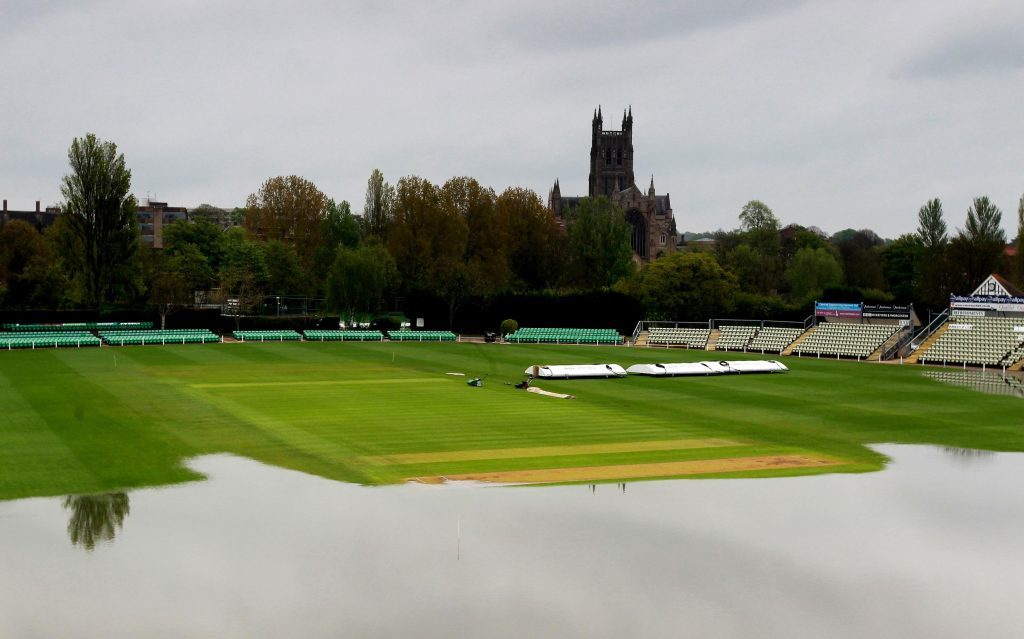
The quintessential summer sound of leather on willow is being disrupted by climate change, as cricket grounds face increased rain and flooding, green groups warn.
Some the UK’s other most treasured places, including country gardens, churches, pubs, historic homes, woodlands, white cliffs and ancient monuments are also being hit by extreme weather linked to rising temperatures.
Storms in December 2015 linked to climate change caused more than £3.5 million worth of damage across 57 cricket clubs, according to figures released by Marylebone Cricket Club (MCC), owners of Lord’s.
They come as the Climate Coalition, which includes WWF-UK, the RSPB, the National Trust, the Women’s Institute and Christian Aid, launches its annual “Show the Love” campaign to highlight well-loved places that could be lost to climate change and progress being made to tackle the issue.
The MCC said Lord’s has become the first cricket ground in the country to run on 100% renewable energy, with the new Warner Stand fitted with solar panels to generate electricity and a state-of-the-art water collection and recycling system.
Two of the cricket clubs affected by the storms in December 2015 – Sowerby Bridge in Yorkshire and Appleby Eden in Cumbria – have yet to return to their grounds because of the damage they suffered.
A report from the Climate Coalition said the 130-year-old Corbridge Cricket Club had to have its historic clubhouse at the Stanners, Northumberland, demolished as a result of devastating flooding in Storm Desmond.
The England and Wales Cricket Board distributed more than £1 million in emergency funding to flood-affected clubs last year, with a further £1.6 million earmarked for this year.
The issue of “rain stops play” is worsening, with increased rainfall causing significant loss of fixtures in recreational cricket and hitting the professional game, experts warn.
Colin Butfield, director of campaigns at WWF-UK, said: “The quintessentially British sound of leather on willow in the summer months is being disrupted by increased rainfall and flooding that is scientifically linked to climate change.
“It is affecting cricket grounds and many other of the UK’s favourite places, landmarks and landscapes.”
Professor Piers Forster, director of the Priestley Centre for Climate, which analysed the report, said: “UK weather will always bowl us the odd googly, but climate change is making them harder to defend against.”
He said science could now show that climate change made the record wet weather in December 2015 more likely and global warming was not just affecting people in other countries, but was having impacts in the UK.
In Wales, the historic Plas Cadnant hidden gardens near the Menai Bridge on Anglesey faced a “tidal wave” of flood water on Boxing Day 2015 following days of heavy rain, damaging plants and visitor facilities.
Orkney’s remarkable set of Neolithic homes at Skara Brae are considered to be at significant risk from climate change, including rising seas and more intense storms, while warm winters hit salmon numbers in the Rivers Wye and Usk.
The chalk cliffs at East Sussex’s Birling Gap saw seven years of erosion in just two months during the winter storms of 2013/14.
And William Wordsworth’s childhood home in Cockermouth, Lake District, has been hit twice by climate-related severe flooding in recent years, including during Storm Desmond, the Climate Coalition’s “Weather Warning” report said.